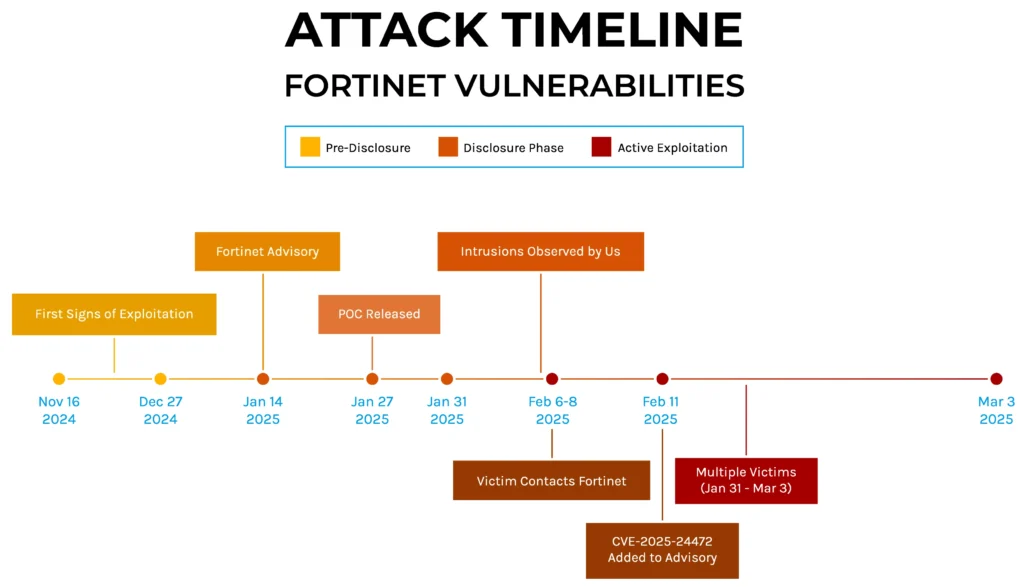
Summary: A recent investigation has revealed nearly 200 unique command-and-control domains linked to the malware Raspberry Robin, a complex threat actor that acts as an initial access broker for various criminal groups, particularly those associated with Russia. This malware facilitates access for various malicious strains and employs multiple distribution methods, including USB propagation and communication via Discord.…
Read More 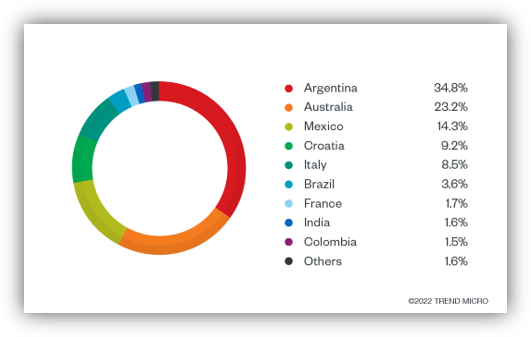

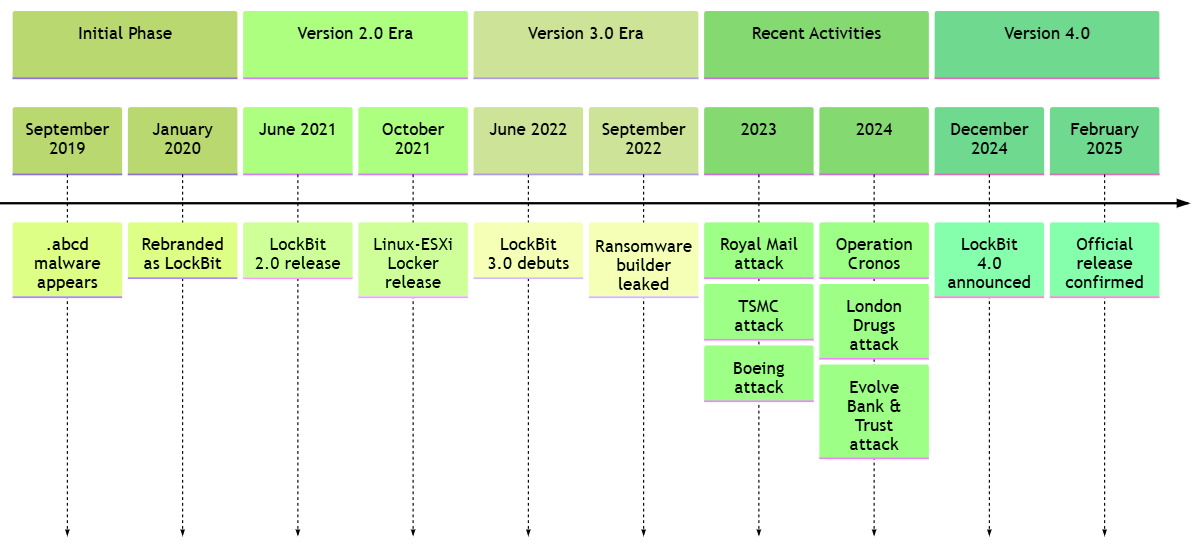
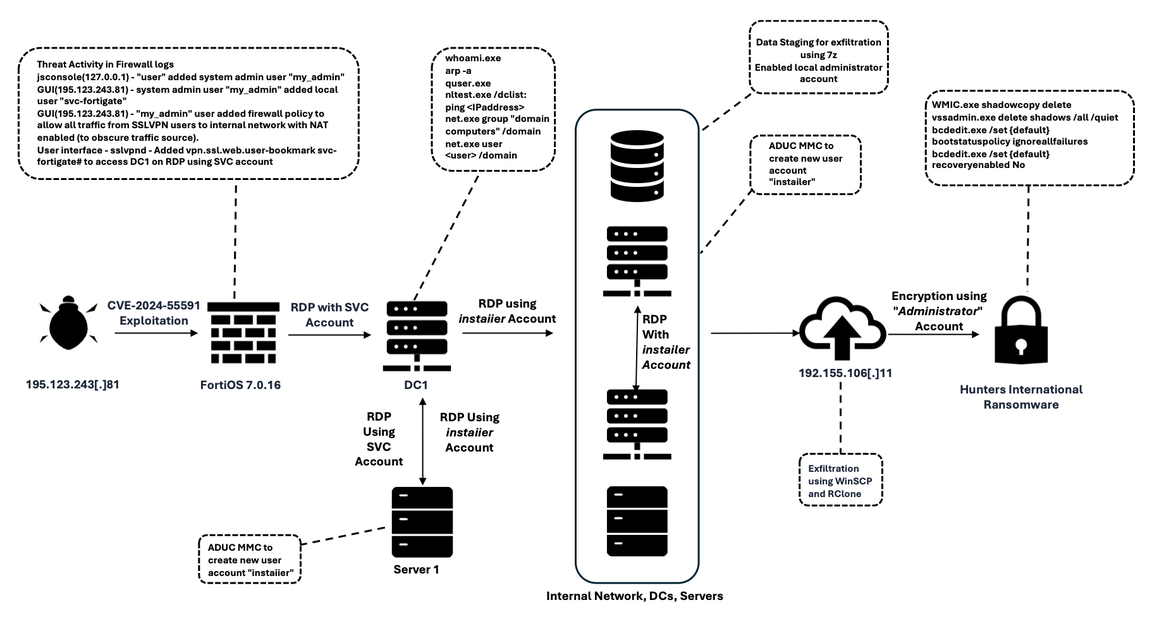

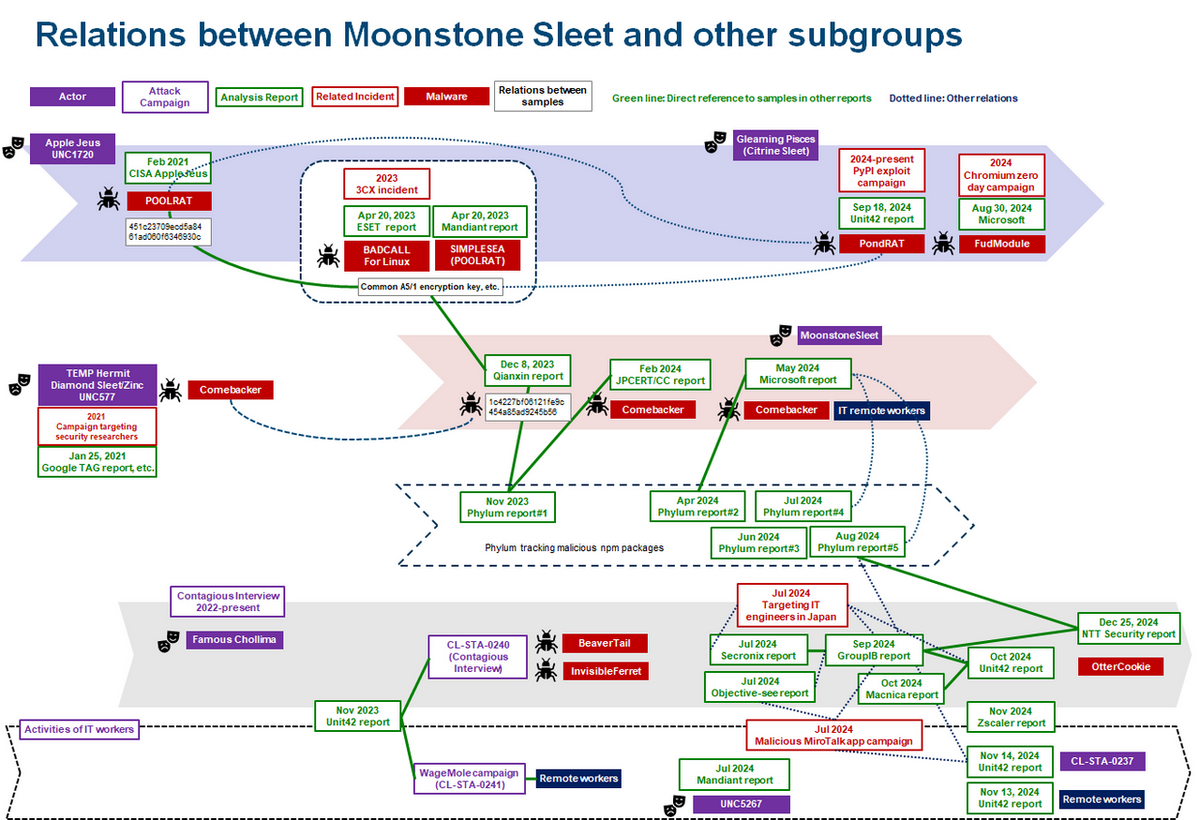
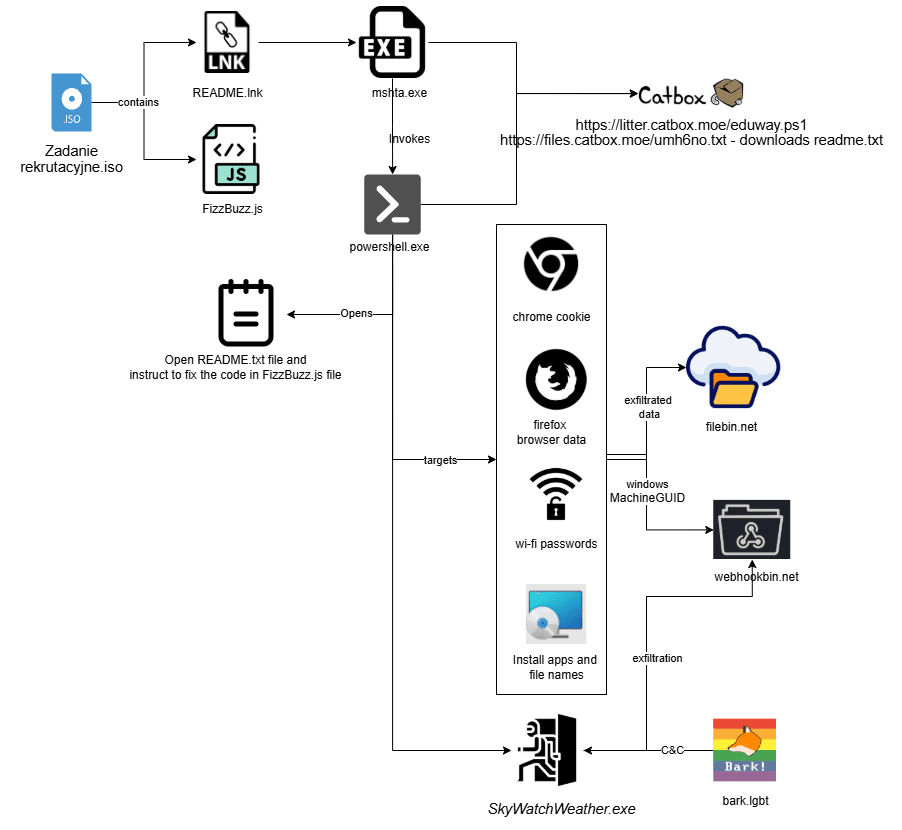


 THN Weekly Recap: GitHub Supply Chain Attack, AI Malware, BYOVD Tactics, and More
THN Weekly Recap: GitHub Supply Chain Attack, AI Malware, BYOVD Tactics, and More
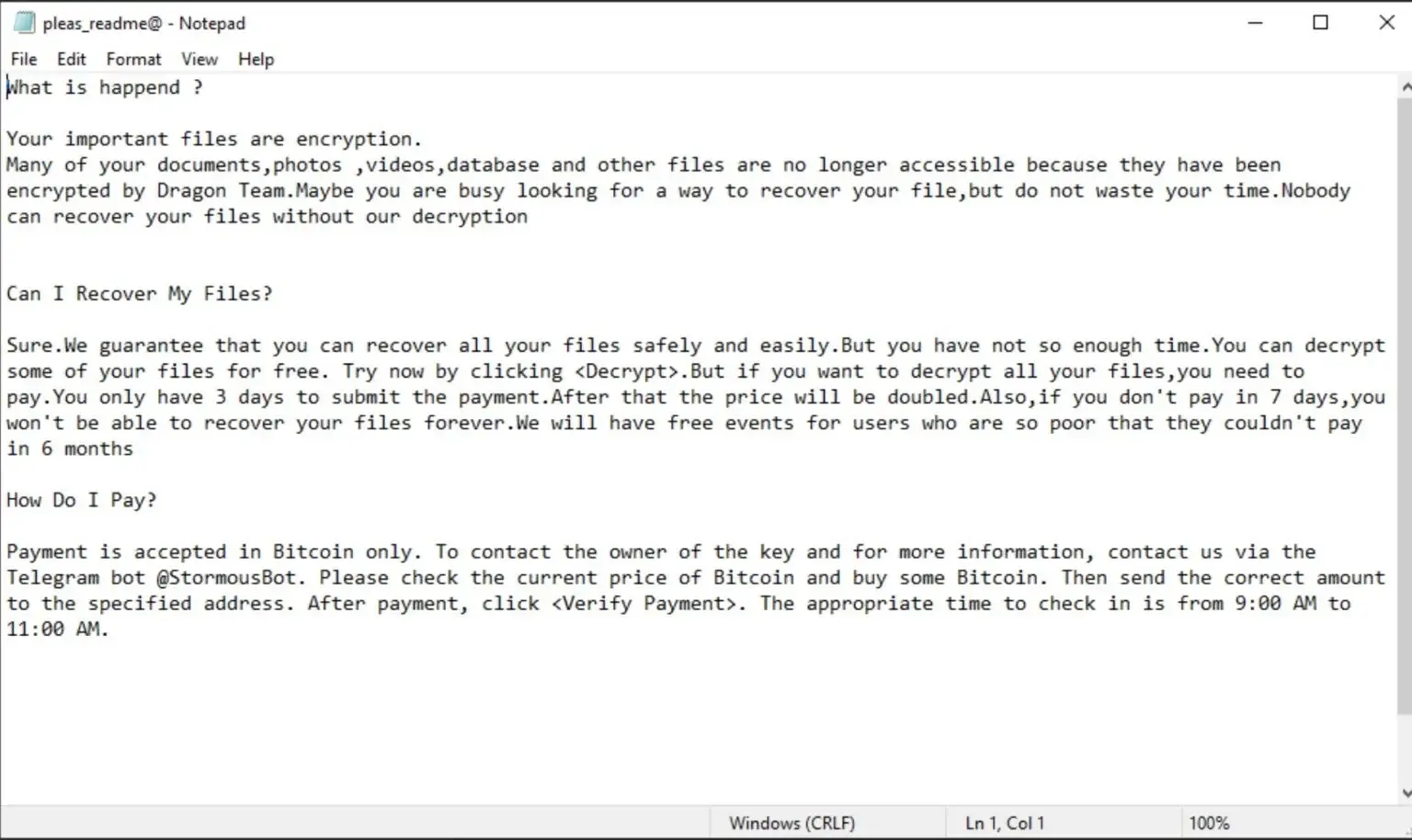
 RECONNAISSANCE:
RECONNAISSANCE: